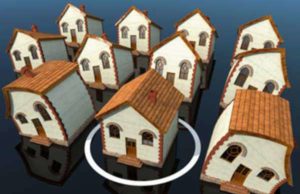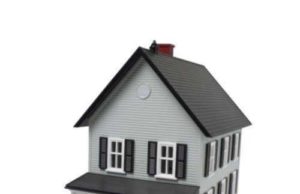
Gentrification
New York
New York City strives to maintain a prominent reputation. In order to maintain it, gentrification is necessary. In 2003 alone, 225,000 renters were forced to move out of their neighborhood for financial reasons. Of those 225,000 renters, 96,000 of them were directly displaced either by their landlord or a government official. New York City is an interesting example because its neighborhoods have been experiencing gentrification for over 30 years. Those neighborhoods are now some of the nicest in the city but people are no longer thinking about those that were displaced decades ago.
Many of the original residents of areas that have become gentrified in New York City have managed to stay. Those residents often seem appreciative of the new environment. They now can raise their family in a nicer, safer neighborhood without having to move. While they may struggle to stay in the area for financial reasons, they feel in the long run their children will benefit from growing up in the gentrified area and will also be able to one day afford living in the gentrified neighborhood.
Detroit
Signs have been described as being “everywhere” in Detroit. These are signs informing others that houses will be for sale, and new improvements will be made to the neighborhood. Detroit has come on hard economic times, and its residents are being forced out of their communities. Residents in Detroit doubt that wealthier families will be looking to buy property in Detroit.
Despite the signs, the run down neighborhood are still not attractive to potential buyers. The city seems to be resisting gentrification more than other cities. The combination of resistance of the residents from moving out and the lack of investors has substantially slowed down the gentrification process.
Philadelphia
North Philadelphia has undergone gentrification in recent years. The blighted blocks, one after another, make the gentrified blocks stand out and seem out of place. Locals describe the blocks as “fake nice.” It is known as “fake nice” because the appearance is nice, but the people in the homes as well as the next block over are still just as deprived and suffering economically as their neighbors. Families who are placed in the fixed-up home still have trouble making money and keeping their kids in school.
In the neighborhood surrounding Temple University, for instance, there has been community development resistance. The residents are trying to keep the University from buying their land and creating homes for more students. The neighborhood’s residents do not get along well with the students, and gentrification is met with resistance.























